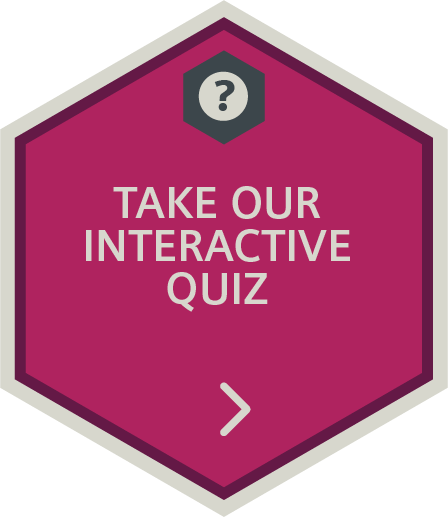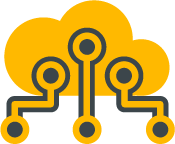INTERNET OF THINGS
This module will explore the Internet of Things (IoT), using smart homes and smart hospitals as a context for understanding how connected objects can benefit individuals and society. You will then apply their knowledge in an optional ‘Smart School’ design and model activity.
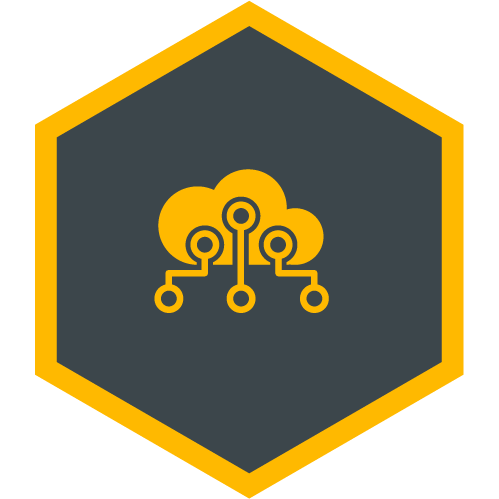

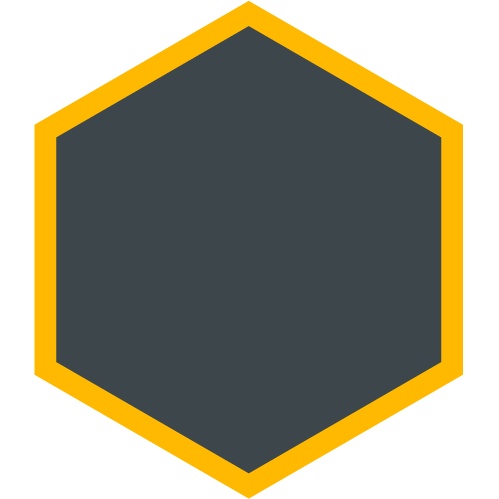
INTRODUCTION
The Internet of Things (IoT) is growing rapidly. It’s predicted that by 2025 there will be over 75 billion things connected to the internet, from microwave ovens to electric vehicles.
This module is about promoting the understanding of IoT technology, and how connected objects and smart buildings can benefit individuals, society and the environment.

LEARNING OBJECTIVES
In this module you will learn:
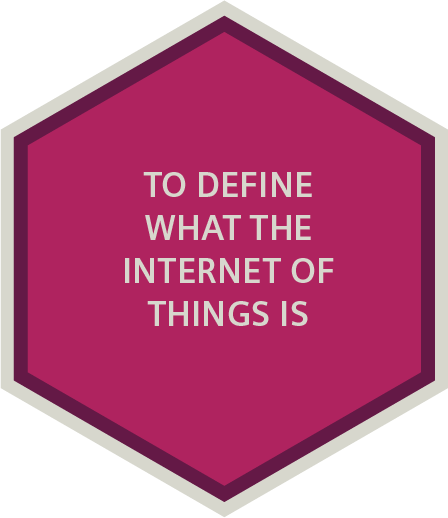


WHAT IS THE INTERNET OF THINGS?
The Internet of Things (IoT) is an important emerging technology that is changing the way we live and work. It’s a growing collection of real-world objects that are connected to the Internet, interacting with each other and sharing data. These could be consumer objects, whole buildings or parts of the infrastructure. Let's explore some different types of connected.
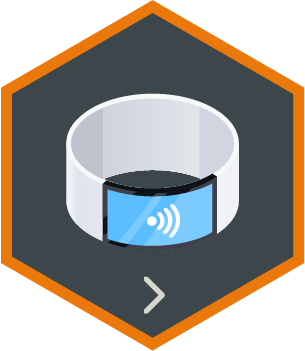


KEY WORDS
Data
Infrastructure
MINDSPHERE
Connecting these things is a network of web servers, which are special computers that send, receive, process and store data sent to and from the things, acting as both the junctions and brains of the IoT.
Siemens have developed the operating system, Mindsphere, which can process data from IoT devices, smart buildings, smart factories and even smart cities.
Let's check out some examples of smart buildings, and how they use the IoT.
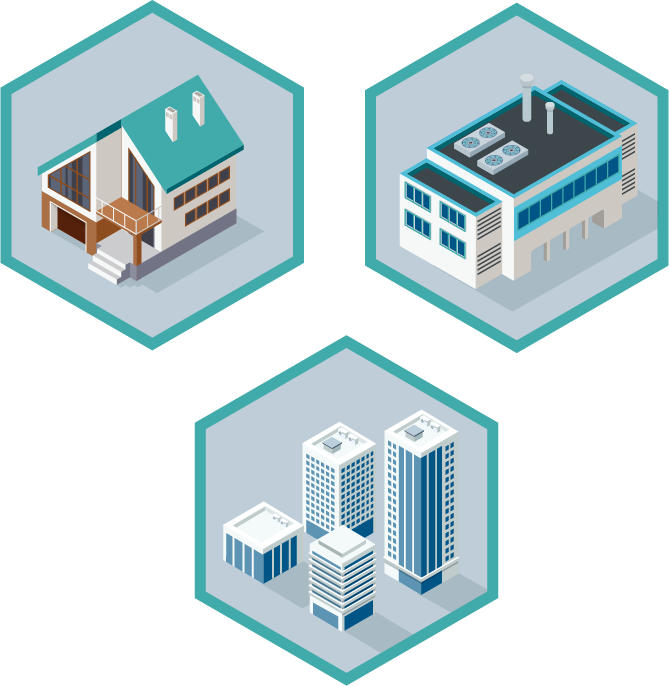
KEY WORDS
Smart Buildings
Smart Factories
Smart Cities
CONCLUSION
You are now an expert on the Internet of Things, but what’s next?


